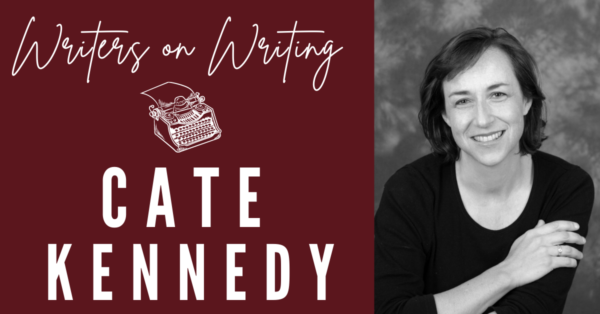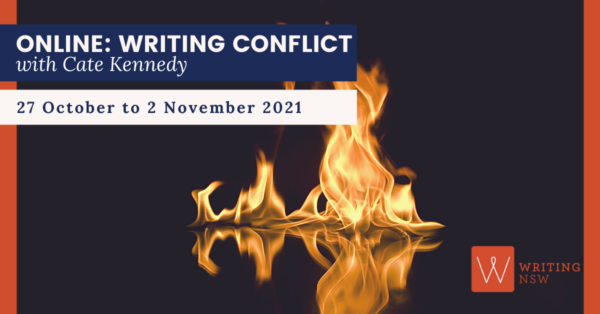I like conflict to be subtle – interpersonal and nuanced, full of implication which gives the reader plenty of room to read between the lines. I don’t think it needs to be over-the-top, or violent or set upon a massive stage such as war or alien invasion.
I remember reading about an audience poll the makers of the James Bond franchise did with their target audience (who were, if I remember, adolescent and young adult men, at the time) where they asked audiences for their favourite scenes in the big-budget box-office-smash style James Bond films. Almost everybody answered “The interrogation scenes.” Not the massive special effects, or explosions, or physical fights involving blood, guns and high tech gadgets. What they remembered and felt the biggest visceral thrill from were the quiet, tense scenes where two antagonists were pitched, adversarially sparring with each other with words.
This is the power that small, interpersonal, adversarial scenes have, I think, to crystallise the much larger conflicts of the story.
So, I love pieces of writing by various authors which create these small, significant, suspenseful moments where the reader can see exactly what the stakes are, because characters are revealing those stakes under pressure.
I love the writing of stylists like crime writer Elmore Leonard, who uses dialogue brilliantly to work this magic. I also think Peter Temple was a master of creating suspense through narrative tension which reveals character conflict, and other Australian writers in the crime genre, such as Jane Harper, really understand conflict through dramatic suspense too.
Writers who can brilliantly and compellingly convey interior conflict through what characters say and do in the exterior world of the story – which is really about handling subtext well, I guess – are amongst my favourites: Margaret Atwood, George Saunders, Denis Johnson, Louise Erdrich, Cormac McCarthy, Kate Atkinson…
I really admire writers who understand how real people tend to hurt and heal each other, and who can make small-scale ‘plots’ scintillating through showing what characters are secretly conflicted by, which is forced to the surface in the heat of this particular story. That’s the most fascinating arena of conflict for readers, I think: the revelation of the interior battle characters are fighting, and failing, to keep hidden.
*
Cate Kennedy has taught extensively in story structure and craft and has conducted many workshops exploring the elements that make up good fiction, with students at all levels of practice. She currently has a collection of short stories on the Victorian Year 12 syllabus and is a member of the faculty of Pacific University’s low residency Masters in Creative Writing program in Portland, Oregon.
Join Cate for Online: Writing Conflict, 27 October to 2 November 2021. Enrol here >>
If you want to be the first to read great advice from our incredible tutors, subscribe to our weekly e-newsletter Newsbite.
More from Writing NSW
Check out our full range of in-person writing courses in Sydney, our online writing courses and our feedback programs to see how we can help you on your writing journey. Find out about our grants and prizes, as well as writing groups across NSW, and sign up to our weekly newsletter for writing events, opportunities and giveaways.


